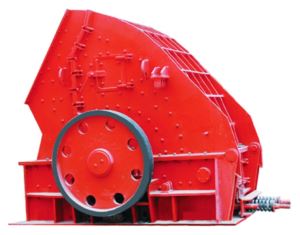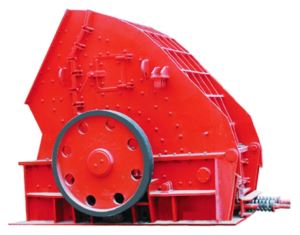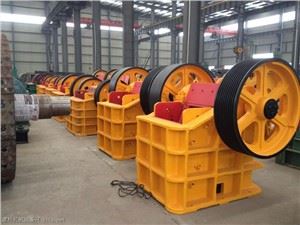Four groups of problems that cannot be ignored in the produc
1. What are the requirements for establishing a small block production line?
As long as you have one or two types of fly ash, slag, coal gangue, slag, sand, stone powder, and construction waste in your local area, with a site above 550 square meters and a certain amount of venture capital, you can set up a small masonry production line.
2. Compared with the fire-free block brick produced by the small masonry production line and the clay red brick, what is the strength? What is its service life?
Clay sintered bricks (260×170×56mm) are generally marked from No. 75 to No. 100. The use of this technology to produce non-burning block bricks is strictly designed in accordance with the standard above No. 300, and its strength exceeds the national standard, and its compressive strength can reach 35Mpa. Due to the pozzolanic active reaction of fly ash and other materials, calcium silicate hydrate and calcium aluminate gel are formed to fill the pores, which enhances the bonding force, promotes the long-term growth of strength, and the cured product has better durability and corrosion resistance And stability. Both theory and practice have proved that its strength continues to increase in the later period and its service life is longer than that of clay bricks.
3. Can the hollow blocks produced by the small bricklaying machine production line only be used as enclosure walls and infill walls?
In the 1980s, the production of hollow blocks in China was in its infancy. The backward technology left a bad impression on people, and they believed that they could only be used as fences. With scientific development and technological progress, blocks have been widely used in non-load-bearing walls and load-bearing walls. Construction; The load-bearing hollow block brick produced by professional technology is the leading product of load-bearing wall materials. According to different needs, it can produce different grades of compressive strength from 1.5MPa to 35MPa, and above 5.0MPa for load-bearing walls, 5.0 Below MPa is used for non-load-bearing walls of frame structures. The strength of load-bearing bricks can be completely higher than that of clay sintered bricks.
4. How to choose a site for the establishment of a small masonry production line?
Try to choose a place close to the waste residue resources to set up the factory, which can greatly save raw material freight and loading and unloading fees; choose a place with convenient water, electricity and transportation, so that production and sales can be carried out as soon as possible; try to choose a suburban or a place far away from residential areas, so Some unnecessary disputes can be avoided; old factories, sites, or sintered brick factories that have been discontinued can be leased, which can reduce investment costs.






